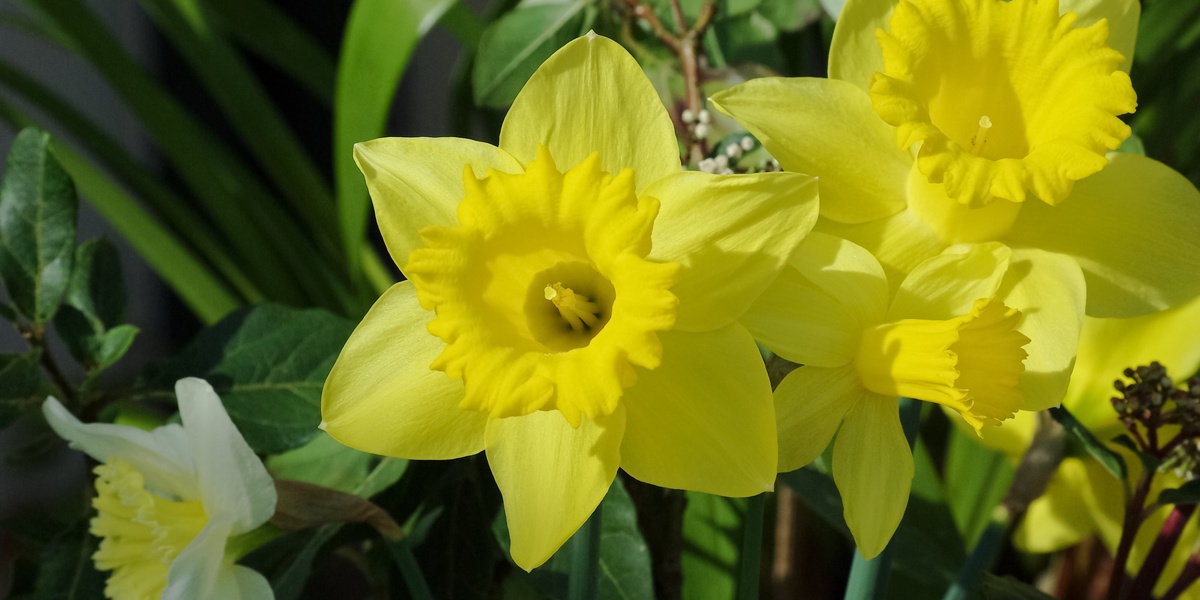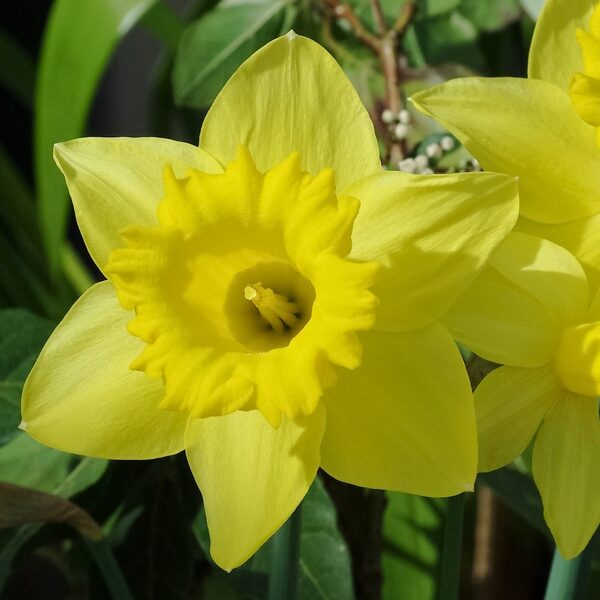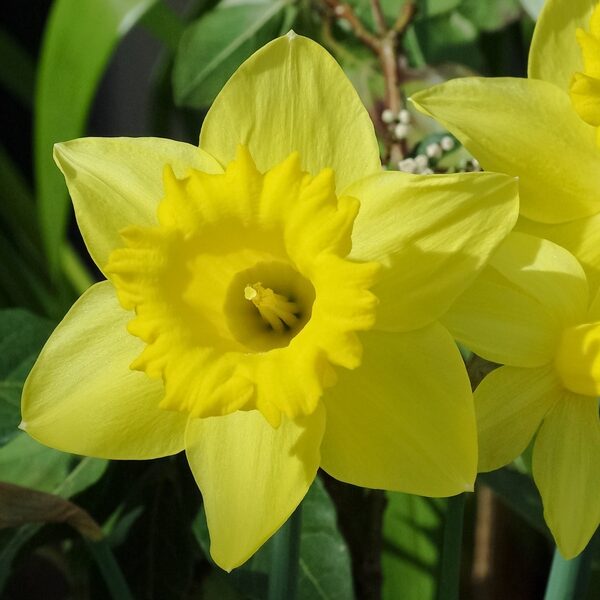This list includes 11 Flowers that start with Q, from “Quamash” to “Quinine tree”. These showy species appear in gardens, bouquets, and wildflower lists worldwide.
Flowers that start with Q are a small but diverse group of showy plants and trees. They include Quamash, a traditional spring food and bloom for Indigenous peoples, and the Quinine tree, historically important for malaria treatment.
Below you’ll find the table with scientific name (binomial), colors, locations, and season.
Scientific name (binomial): The Latin name helps you match each species across references and confirm exact plant identity.
Colors: Shows principal flower colors so you can plan color schemes and identify plants in the field.
Locations: Lists native regions and widely naturalized areas so you know where each species originates and grows.
Season: Gives typical flowering months or seasons, noting hemisphere differences so you time planting and observation.
Flowers that start with Q
| Name | Scientific name | Principal flower colors | Locations |
|---|---|---|---|
| Quince | Cydonia oblonga | white, pink | Western Asia; Mediterranean |
| Queen Anne’s lace | Daucus carota | white, pink | Europe; Western Asia; naturalized worldwide |
| Queen of the Prairie | Filipendula rubra | rose-pink | Eastern USA |
| Queen’s cup | Clintonia uniflora | white, yellow | Northwestern USA; Western Canada |
| Queen’s flower | Combretum indicum | white, pink, red | Southeast Asia; cultivated tropics |
| Queen’s wreath | Petrea volubilis | purple, lavender, white | Central America; Caribbean; cultivated tropics |
| Queen of the Night | Epiphyllum oxypetalum | white | Mexico; Central America; cultivated tropics |
| Quamash | Camassia quamash | blue, purple, white | Western North America (USA; Canada) |
| Queen’s tears | Billbergia nutans | pink, purple, white | Brazil; cultivated worldwide |
| Quesnelia | Quesnelia sp. | purple, pink, red | Brazil; cultivated (tropical/subtropical) |
| Quinine tree | Cinchona officinalis | white, pink | Andes (South America); cultivated tropical highlands |
Descriptions
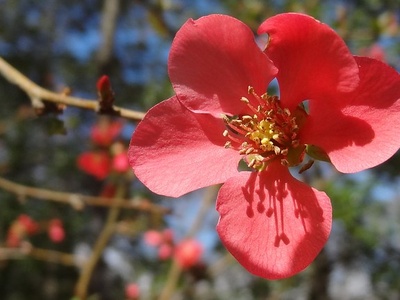
Quince
A small fruit tree with fragrant, showy pale-pink to white blossoms. Flowers April–May (Northern Hemisphere). Grown for spring display and edible fruit; pruning shapes and early-spring blooms are garden highlights.
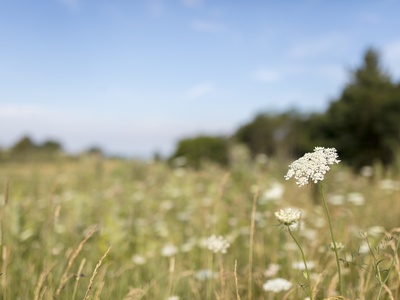
Queen Anne’s lace
An umbelled wildflower with delicate white lace-like flower heads, sometimes tinged pink. Blooms June–September (Northern Hemisphere). Common in meadows and cottage gardens; tolerant, often self-seeds.
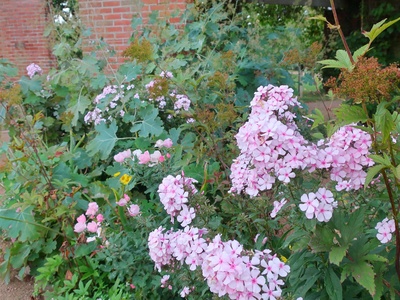
Queen of the Prairie
A tall, clump-forming perennial with large, fluffy pink flower clusters. Blooms June–August (Northern Hemisphere). Prefers damp soils; dramatic in prairie-style and wet garden borders.
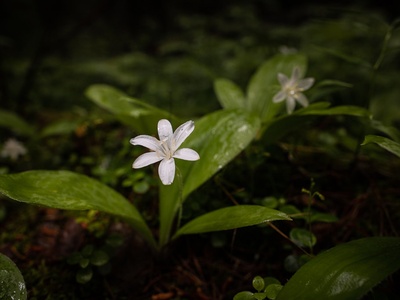
Queen’s cup
A low woodland perennial with nodding, bell-like white flowers. Blooms May–June (Northern Hemisphere). Found in shady forests; useful for native and shade gardens.
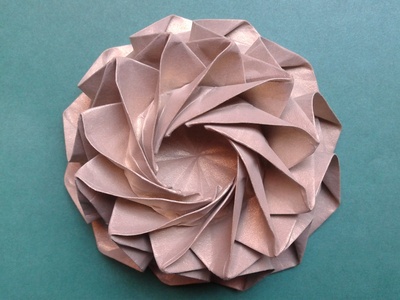
Queen’s flower
Also called Rangoon creeper, it has tubular flowers that change color from white to pink to red. Blooms June–October (Northern Hemisphere). A fragrant, twining ornamental vine for tropical gardens.
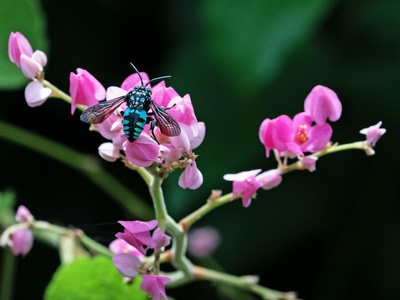
Queen’s wreath
A vigorous woody vine with pendulous racemes of purple, starry flowers. Flowers spring–fall in warm climates. Valued for dramatic draping displays on walls and pergolas.
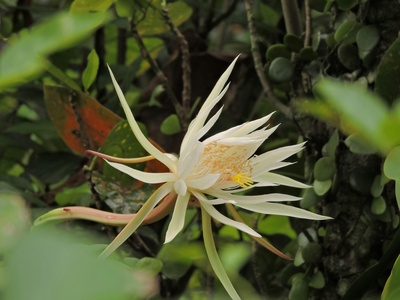
Queen of the Night
An epiphytic cactus famed for large, fragrant white blooms that open at night. Blooms in summer nights (May–Aug, Northern Hemisphere). Short-lived flowers prized by collectors.
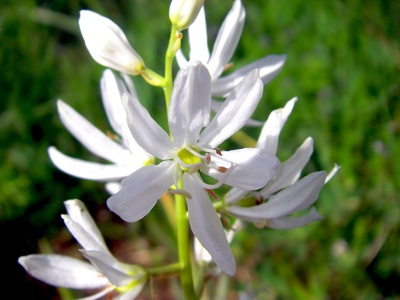
Quamash
A native bulb with erect spikes of star-shaped blue to purple flowers. Blooms April–June (Northern Hemisphere). Popular in meadows and naturalistic plantings; deer-resistant.
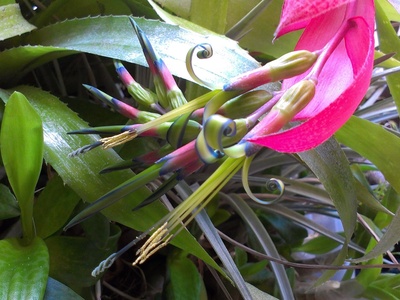
Queen’s tears
A bromeliad with arching rosettes and pendulous pink-and-purple inflorescences. Blooms spring (Northern Hemisphere). Grown indoors and in warm climates for exotic container displays.
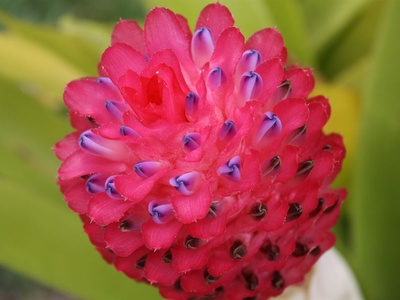
Quesnelia
A genus of bromeliads grown for colorful bracts and long-lasting flowers. Flowering typically spring–summer. Used as striking accent plants in tropical gardens and greenhouses.
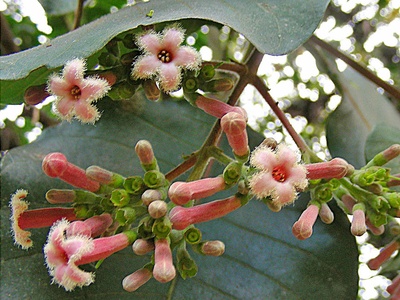
Quinine tree
An evergreen tree with clusters of fragrant white to pink flowers. Flowers late spring–summer (varies by altitude). Historically valued for medicinal bark; occasionally used as an ornamental in cool tropical gardens.
